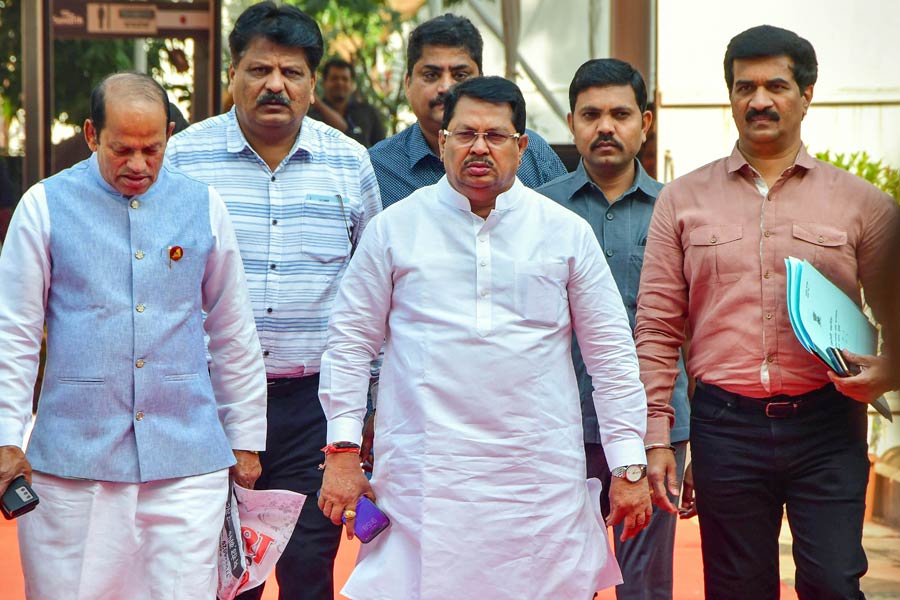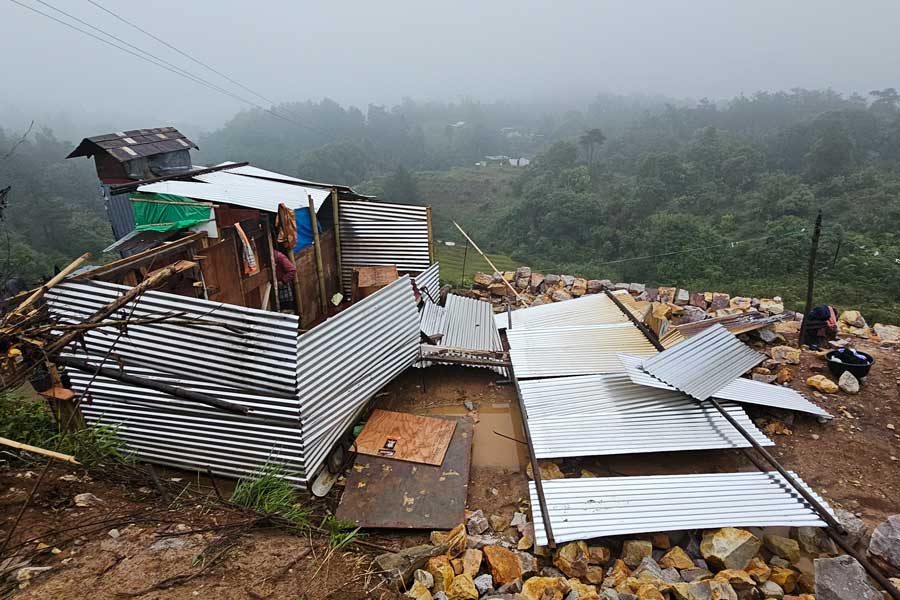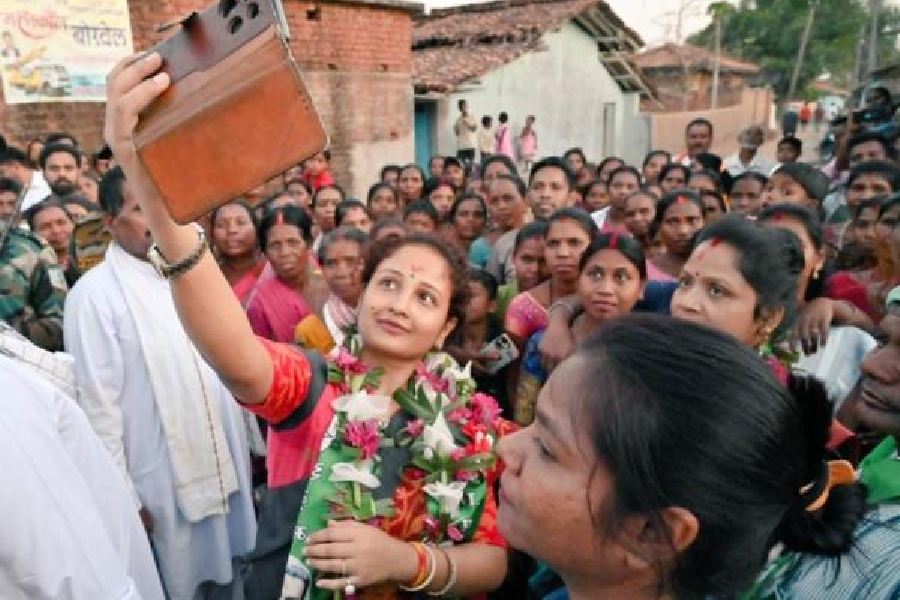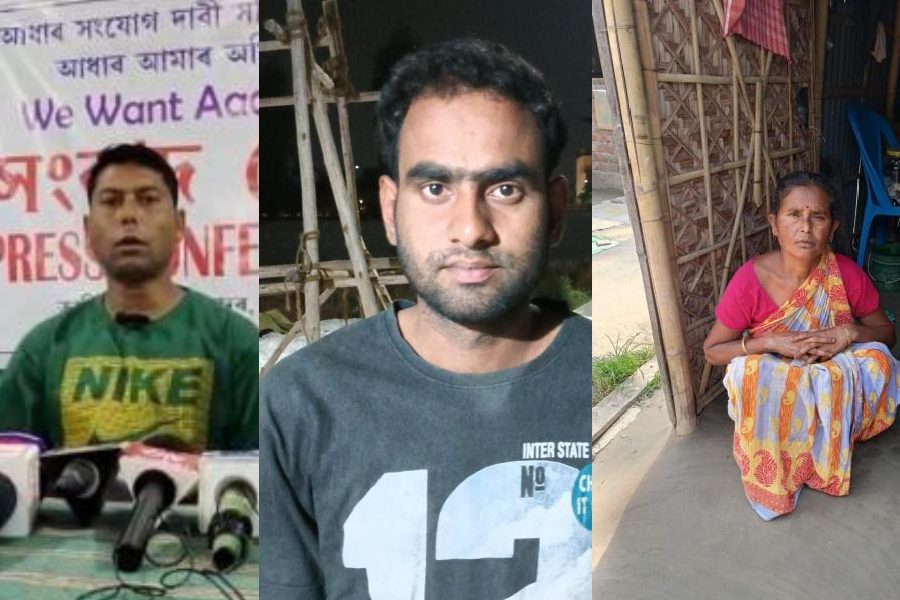
New Delhi: Government scientists have proposed two time zones in India with a demarcation line along the Bengal-Assam border that they say will meet long-standing demands of residents of the Northeast and address concerns that have stalled similar proposals earlier.
The proposal means the scientific basis for any change in the future has been put on the table. But the change will be implemented only if the government decides to do so.
Science alone need not guide the government, which could also be influenced by views that two time zones might figuratively "split" the country into two.
The scientists at the National Physical Laboratory in New Delhi have proposed 89° 52' east longitude near Alipurduar in Bengal as the line separating the two Indian Standard Time (IST) zones: IST-I, 5.30 hours ahead of Universal Time (GMT), and IST-II, 6.30 hours ahead.
The creation of two time zones, specifically IST-II, will help people in the Northeast and on the Andaman and Nicobar islands synchronise their biological clocks to the day-night cycle as well as save significant energy, the NPL researchers said.
They have estimated that the cumulative annual electricity savings in the states within the IST-II time zone would be 20 million kilowatt-hours, equivalent to 20 million 1,000-watt water heaters or 10 million 2,000-watt air-conditioners running for an hour.
"This is a scientific exercise --it reveals the likely benefits," Dinesh Aswal, director of the NPL who led the analysis told The Telegraph. "We believe this will benefit people in the IST-II time zone, improve work productivity, and help save power."
The NPL, a laboratory under the Council of Scientific and Industrial Research (CSIR), is the nation's official time-keeper, tasked with generating and disseminating IST across the country.
The IST generated by the NPL through atomic clocks and in coordination with a global time-keeping station in France has an accuracy of 20 billionths of a second and is used in transport, satellites, telecommunications among other sectors.
Several technical experts have in the past proposed two time zones in India but the government has resisted the idea.
The Union science and technology ministry, responding to a question in Parliament three years ago, had said a government panel had examined the issue in 2002 and "strongly rejected" the idea.
The panel had also not recommended the adoption of a daylight saving time, citing concerns about its economic viability and "chaos and confusion" it might create in the railways and bus transport sectors.
However, the panel had asked the eastern and northeastern states to consider advancing their work timings.
The NPL scientists have acknowledged concerns that two time zones might increase the risk of railways accidents, particularly because signals along the railway networks have not been fully automated yet.
But, they said, their choice of 89.52 east longitude as the demarcation line has been guided by both daylight hours available at sites in each of the two time zones and railway stations near the line.
The line between the two time zones should have a narrow spatial width with few railway stations close by so that train timings while crossing the line can be managed manually, the scientists said.
For the demarcation line they have proposed, only two railways stations at Alipurduar and New Cooch Behar need to be managed for time adjustment, they said.
Senior NPL scientists Ashish Agarwal, V.N. Ojha, T.D. Senguttuvan, among others, were part of the study.










